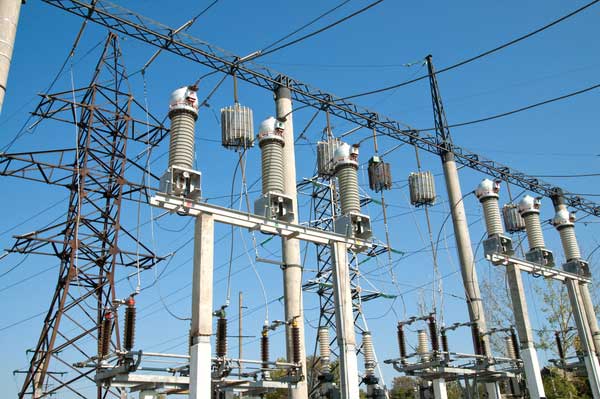Have you ever wondered why some countries use 110 volts electricity while others use 220 volts? This difference actually stems from the early days of electrical systems pioneered by Thomas Edison in the late 1800s.

Edison’s Quest to Light Up New York City
It all started in 1878 when Thomas Edison, then just 31 years old, was shown an efficient 110 volt DC generator invented by William Wallace. Edison was impressed but believed the lights it powered were too bright. He returned to his lab and declared he could power 10,000 lights from a single centralized machine. However, Edison found Wallace’s generators were too inefficient, so he designed his own 110 volt generator called the Long-Leg Mary-Anne.
For years, Edison struggled to build an electrical system that could power businesses on an industrial scale. Finally, in 1882, he successfully opened the first central electrical power station in New York City.
Balancing the Load with Three Wires
Edison noticed the power lines with more customers had dimmer lights due to the increased resistance. His solution was to use two generators in series with a neutral wire between them. The neutral wire carried no current if the loads were balanced. But if imbalanced, Edison could measure the current and rearrange connections to rebalance the system. This 3-wire system reduced copper needs by 60%.
The two outer wires provided 220 volts for motors. But light bulbs used 110 volts to avoid burning out too quickly. Edison’s competitors also used 110 volt bulbs, so this voltage was standardized for lighting.
The Tungsten Bulb Revolutionizes Voltages
In 1904, the tungsten light bulb was patented, allowing bulbs to operate at much higher temperatures and voltages. Soon, European companies paid to convert customers to 220 volts. This allowed cheaper transformers and thinner, longer transmission wires.
However, America’s demand for bulbs was too high to quickly replace all 110 volt systems. By 1919, the US was manufacturing 53 million 110 volt carbon bulbs along with 14 million tungsten bulbs. America standardized 110 volts while other regions shifted to 220/230/240 volts.
Chicago’s Growth Led to Mass Adoption of Light Bulbs
What drove America’s voracious demand for light bulbs? The astonishing growth of Chicago in the mid-late 1800s. In 1840, Chicago was a small town of 4,500 people. But its strategic location led to rapid expansion as a transportation hub.
After the 1871 Great Chicago Fire, metal skeleton skyscrapers were invented allowing Chicago to pioneer tall buildings. The 1893 World’s Fair showcased electric lighting to 27 million visitors. This led many American industrialists to install lighting in their hometowns.
By 1899, America had 62 skyscrapers to just 4 in the rest of the world combined. These tall buildings required electric lighting, driving mass adoption of light bulbs and cementing the 110 volt standard.
Gradual Shifts to Higher Voltages
Over the years, some countries have increased voltages seeking savings – shifting 110 to 120 or 127 volts, or 220 to 230 or 240 volts. The exception is Japan which lowered voltage to 100 volts due to fire concerns.
While the “War of the Currents” between AC and DC ended in the 1890s, the chaotic evolution of electric power systems continues today. But the split between 110 volt and 220+ volt regions traces back to Edison’s three-wire system and America’s insatiable demand for light bulbs.
